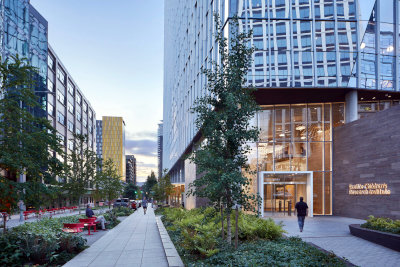CFF RDP Pilot
Investigation of the diagnostic potential of Pseudomonas aeruginosa protein levels in blood and urine
PI: Jim Bruce, PhD
Professor, Medicine, Genome Sciences
Funding Period: 2024 – 2026
Abstract: Highly effective CFTR modulators like elexacaftor/tezacaftor/ivacaftor (ETI) are transformational treatments that improve CFTR activity, lung function and general health. ETI also reduces CF pathogen density in sputum, but most people with Cystic Fibrosis (PwCF) who have lung infections prior to starting ETI remain chronically infected with Pseudomonas aeruginosa (Pa). Moreover, recent work suggests that potent Pa pro-inflammatory effects remain undiminished by ETI and Pa-infected patients will continue to suffer lung-damaging inflammation, even after CFTR function is restored. On the other hand, detecting and monitoring lung infections in PwCF has become increasingly challenging in the post-modulator era due to markedly reduced sputum production. Infection detection is particularly challenging in children and early in infection when sputum-based detection would otherwise trigger key interventions like Pa eradication, anti-inflammatory and suppressive antibiotic treatments. Moreover, bronchoscopy is the major alternative to sputum sampling for accurate diagnosis, but risks and costs prohibit routine use. Thus, there is a major unmet need for new non-invasive approaches for infection detection in CF. This project will utilize mass spectrometry and advanced proteomics methods to investigate PwCF blood and urine levels of Pa proteins previously identified in CF sputum and blood samples as well as discovery of new protein targets for infection diagnostic potential.

